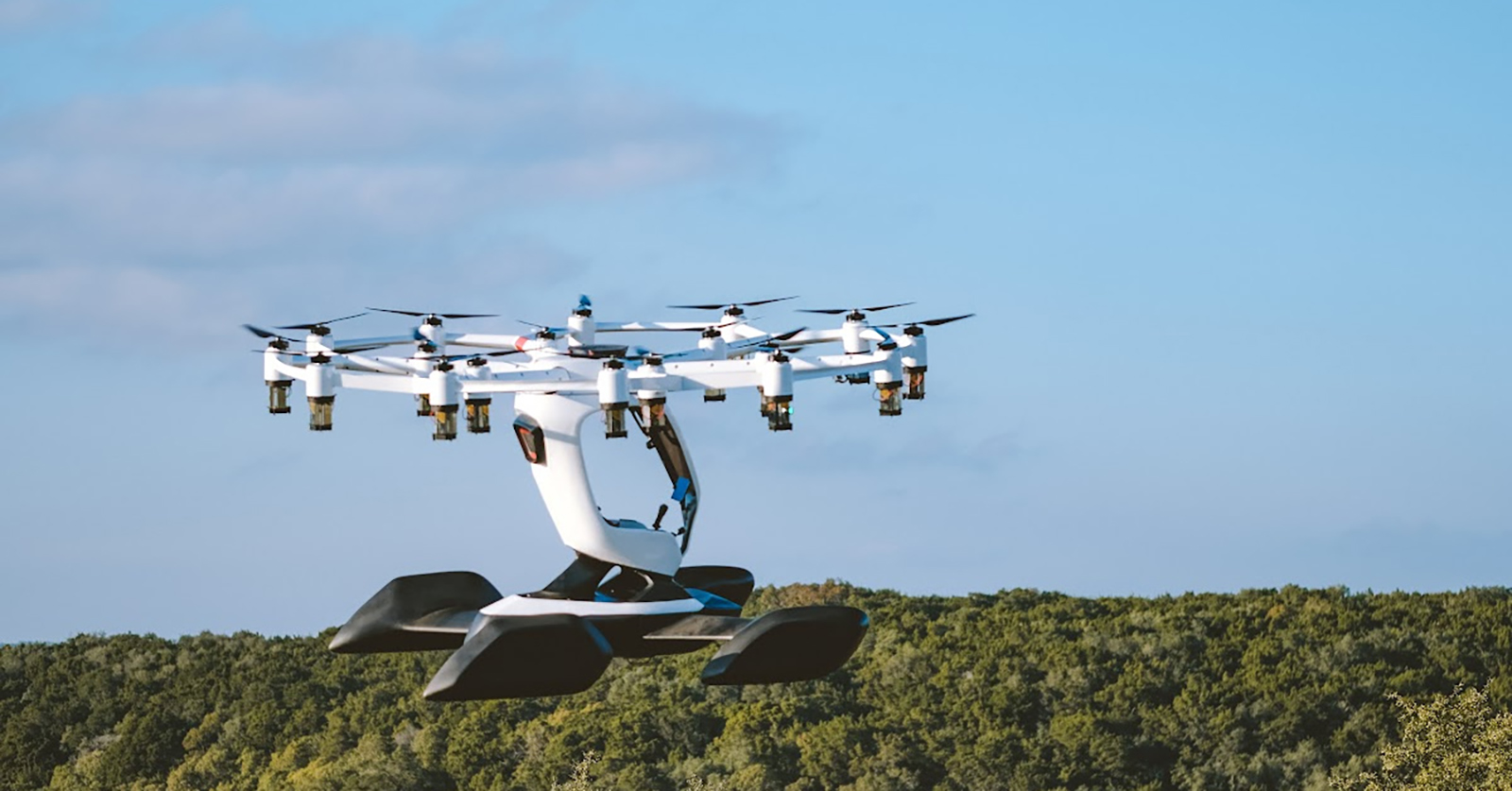Stay Up to Date
Submit your email address to receive the latest industry and Aerospace America news.
Lift Aircraft releases first part of orientation for its passenger-piloted aircraft
FAA has not yet decided what kind of training or license will be required to pilot advanced air mobility aircraft that must complete the transition between vertical to winged flight, but one company hopes the streamlined training it plans to roll out next year for passengers making brief, low-altitude joyrides in its one-seat multicopter might provide some inspiration.
Texas-based Lift Aircraft in November published a six-minute tutorial on its YouTube channel, meant to be the first part of an orientation that passengers must complete before climbing aboard and controlling Lift’s one-person Hexa aircraft. For $250, a passenger would get to spend 15 minutes steering a largely automated Hexa in controlled directions at an altitude up to 10 meters.
“The person in the Hexa is the pilot in command. It is not remotely piloted, although it will be monitored by a pilot on the ground who can intervene,” founder and CEO Matt Chasen told me in an interview. “The training is truly more like an orientation than what we’ve come to expect of pilot training. Almost everything you need to know for a private pilot license or PPL is just not necessary for this type of aircraft or eVTOL [electric vertical takeoff and landing] aircraft.”
Lift says such flights are permitted because Hexa is classified as an ultralight aircraft, for which FAA does not require a pilot license to fly. Companies that are planning airline-like operations with their eVTOLs and other electric aircraft designs will likely require more extensive training.
FAA in May said eVTOLs would be certified under the powered-lift category, and in November published a proposed rule to add powered-lift aircraft to the agency’s list of regulated aircraft for the purposes of certifying operations, including passenger transport. But that document contained no mention of pilot training requirements.
Chasen said he hopes FAA will be impressed with the ease of Lift’s aircraft operations, and that such impressions may speed the agency’s rulemaking for eVTOLs in general.
“I would hope FAA people would look at our operations. Hopefully we will get them out here and they will fly,” he says.
Lift’s tutorial, which provides an overview of the design and features of Hexa, begins by explaining the lift and propulsion system, which relies on 18 carbon-fiber propellers powered by 18 electric motors. The batteries for each motor “are swapped out by our ground crew before every flight. Distributed design means that a battery failure would result in a loss of only one motor,” a narrator says.
After describing the safety features such as parachute and buoyant landing mounts designed to keep the vehicle afloat in event of a water landing, the video explains control buttons on a joystick and digital display screen.
“On the left, you’ll see your height above the ground shown in feet. In aviation, we call this an altimeter. The carrot will move as you go up and down,” the narrator says.
Chasen said he believes the Hexa is actually easier to fly than today’s commercial drones.
“The center of gravity is literally around the chest of the pilot, which helps to provide an amazing feeling of control, and you don’t feel like you’re getting jerked around,” he says. “Drone operators, even for the best and easiest systems, can become disoriented easily when the drone is not facing the same direction as they are. That won’t happen to our pilots.”
The company is currently building Hexas in Austin at a rate of one per month, Chasen said, with 19 aircraft fully assembled.
Get the latest news about advanced air mobility delivered to your inbox every two weeks.
About paul brinkmann
Paul covers advanced air mobility, space launches and more for our website and the quarterly magazine. Paul joined us in 2022 and is based near Kennedy Space Center in Florida. He previously covered aerospace for United Press International and the Orlando Sentinel.
Related Posts
Stay Up to Date
Submit your email address to receive the latest industry and Aerospace America news.




